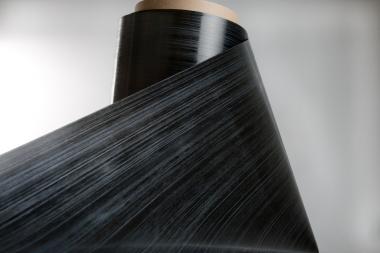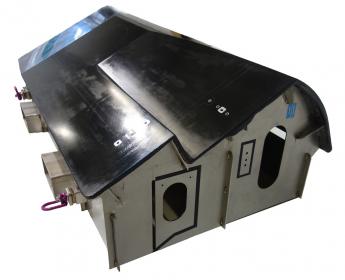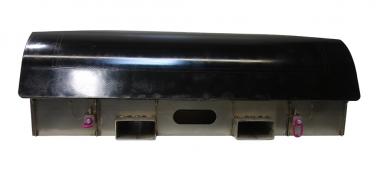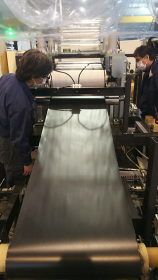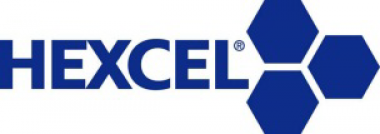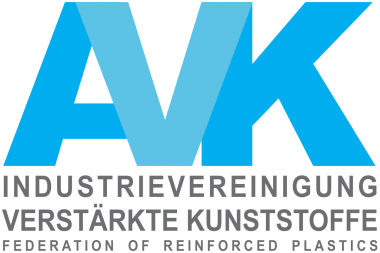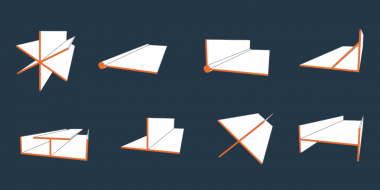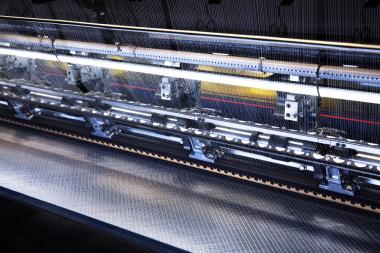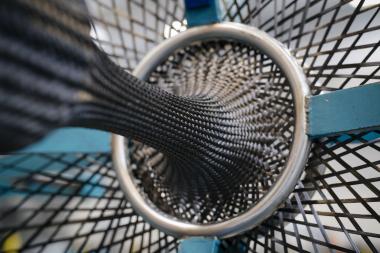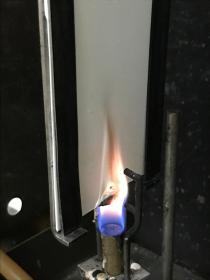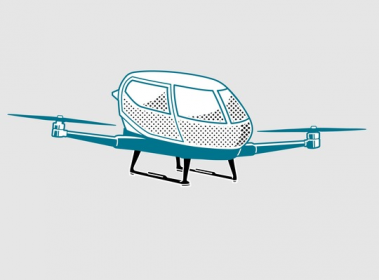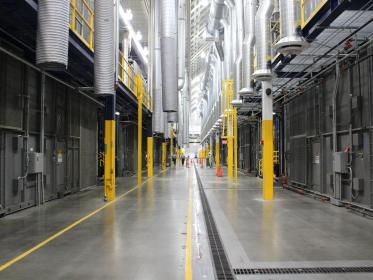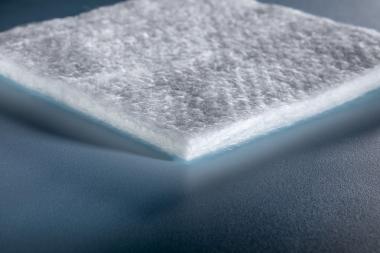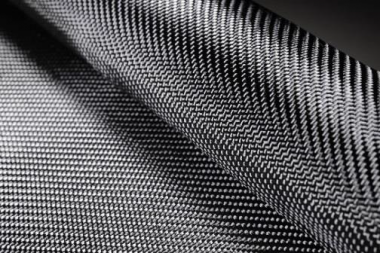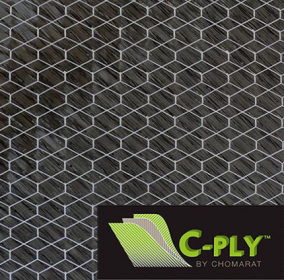Teijin Carbon produces new thermoplastic PPS-Tape
Teijin Carbon Europe introduces a new thermoplastic carbon fiber tape (TPUD) based on PPS. The new Tenax™ TPUD with PPS matrix allows entry in new cost-sensitive markets while offering the typical TPUD advantages like high resistance to chemicals and solvents, low flammability, storage or shipping at room temperature and recyclability.
Due to its flame retardant properties and low smoke emission, it can be used in interior applications of aircraft or rail vehicles, among others. The maximum continuous operating temperature is up to 220 °C. Very low water absorption, excellent creep resistance even at elevated temperatures and high dimensional stability round off the property portfolio of this new TPUD. It is therefore also suitable for demanding applications in the aerospace, oil & gas, sporting goods or industrial sectors, while remaining cost-effective. These properties make the product perfect for highly automated processing routes such as ATL or AFP in combination with overmolding for complex geometries. Production start for the Tenax™ TPUD with PPS matrix is the first quarter in 2021.
For almost 10 years, unidirectional tapes (TPUD) have been manufactured from carbon fibers and thermoplastics in Heinsberg, Germany. The semi-finished products have so far been offered with PEEK or PAEK – and PPS is now added to the list of available matrixes. PPS allows a lower process temperature compared to PEEK or PAEK. For the industrial market in particular, increasing the production rate to make processes more cost-efficient is an opportunity.
Teijin Carbon Europe GmbH


